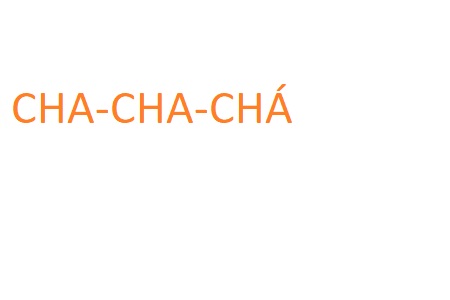Cuban Modern Dance
Contemporary Dance
Cuban modern dance was born in 1959, a new era that started various cultural processes in the country. The education system was reformed up to the university level and various institutions were founded, including the National Ballet of Cuba and the Department of Modern Dance of the National Theater of Cuba, which later became the National Ensemble of Modern Dance; Today Contemporary Dance.
It is impossible to speak about the beginnings of Cuban dance, without mentioning the forerunner of the Cuban contemporary dance movement, Ramiro Guerra or, as he is well known in the country, the father of modern dance; author of a copious literary work on dance technique and founder of today’s National Dance of Cuba. His presence in Cuban dance made possible the introduction of modernity as a new option for movement.
In the decade of the 60s and 70s, rigorous changes took place due to the political pressure of the country, as a consequence the cultural field was radicalized and many artists were unfortunately removed from their activities, among them Maestro Guerra, who was suspended from his position during years and only devoted to research; time in which he wrote and captured his knowledge and experiences in various books. At this time the aesthetic quality of the works began to be more appreciated for their ideological and political aspirations, than for their artistic values.

an extensive
fusion
of techniques
and studies

contem-
porary
cuban
dance
Later this mistake was corrected and the cultural, artistic and intellectual life managed to position itself again without antecedents. From that period the Ministry of Culture and the Superior Art Institute were born.
This important change made Cuban dance in the late 80’s and early 90’s to have a splendid space. This radical change originated great projects and creations, evolving in a remarkable way and with the firm purpose of inquiring into the unity, content and form of Cuban reality.
With an extensive fusion of techniques and studies Ramiro created a national dance, a technique with its own and unmistakable character. In this way, he achieved the Cuban technique to have a peculiar style, which has been developed to accomplish well-defined pedagogical and technical criteria on the goals to be obtained.
The Cuban technique involves various elements and styles. From the American school he mainly took the torsion of the technique from Martha Graham, the little table from Merce Cunningham, the weight changes by José Limón and the recovery falls of Doris Humphrey. As a fundamental source of motivation, he used the origin and technical principles of the Cuban folk movement, the Obbatalá undulation technique with both its open and closed positions and the use of the hook of the little devils from the hands of Abakuá. In the same way, he handled the pelvic movement coming from the dances of Changó and Ochún as the body great energy center with virility and sensuality; from the Bantu culture, the arms with its baroque style and, of course, from the danzón, the contradanza and the Cuban son.
Many theorists claim the Cuban style combines technique with temperament, causing different rhythms, intensities, nuances and body movements to emerge.
According to Elizandro Reyes, a cuban dance theorist; there is a difference between the Cuban contemporary dance and the Cuban modern dance.
The antecedents of the Cuban modern dance come from Martha Graham’s dancing techniques and its symbiosis with the Cuban dances of African origin.
Professor Ramiro Guerro, who studied at Graham’s school; introduced these modern techniques in the National Modern Dance company and dancers started to apply them along with their neighborhood dance roots, creating a symbiosis of dancing movements such as waves and hip spins out of the center.
Reyes emphasizes that the difference relays on the fact that though nowadays Cuban dancers continue training following the modern dance techniques, they have been influenced by contemporary techniques introduced by foreign choreographers who have worked with Cuban dance companies.
Therefore Contemporary Dance in Cuba is the result of the effort of several generations. It has been made possible by the creativity and ingenuity of various artists who have generated the dance movement on the island and have known how to establish with excellence the value and importance of renewing, nurturing and applying themselves to achieve progressive and continuous development.
The movement that began in the 1950s continues its evolution process and those dancers instructed by maestro Guerra have been able to continue their work in favor of the development of dance in the country.
READ MORE ABOUT DANCES
_____________________________________________________
INFORMATION
EMAIL: info@dancingcuba.com





